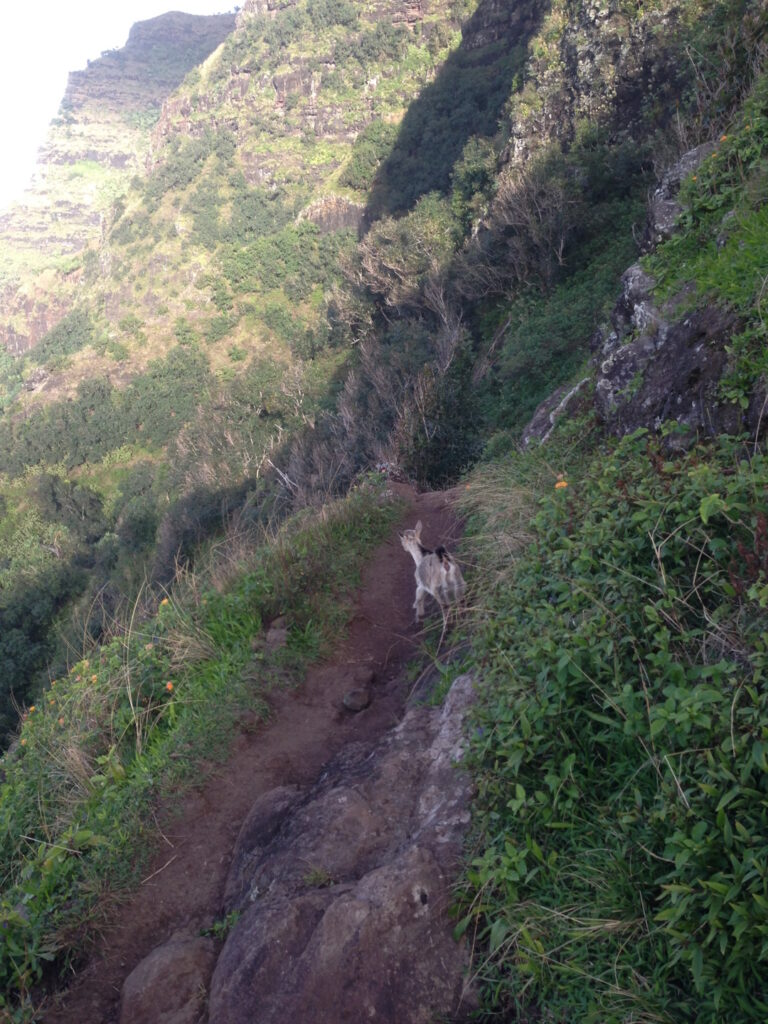Bud Mars was the first man to fly an airplane in Hawaiʻi, on December 31, 1910. Piloting a Curtiss B-18 biplane, he flew to 500-feet over Moanalua Polo Field, Oʻahu. He repeated the flight the next day to the thrill of thousands of spectators.
The first aircraft accident in the Islands was on the Big Island, dating back to June 10, 1911 when Clarence H Walker came to Hilo for an exhibition flight in his Curtiss Biplane. There were no airports on the island, so Hoʻolulu Park was selected for the runway.
Walker was able to get a few feet off the ground in his trial flight. Later Walker attempted to fly over the city. The engine began missing and he lost altitude. He crashed minutes later into a lauhala tree as he attempted to land, destroying the plane but surviving the crash.
On August 31, 1925, John Rodgers (Commanding Officer of the Naval Air Station at Pearl Harbor from 1923 to 1925) and his crew left San Francisco to attempt the first flight across the Pacific Ocean from the Mainland US to Hawaiʻi. The seaplane was forced to land in the ocean after running out of fuel, about 365 miles from Oʻahu.
After three days of waiting to be picked up, the crew crafted sails from the wings of the plane and sailed toward Hawaiʻi. On the tenth day, they spotted Kauaʻi. Ten miles off shore they met a submarine which towed them safely to shore.
Lieutenant Lester J Maitland (pilot) and Lieutenant Albert F Hegenberger (navigator) were selected to fulfill the Army’s dreams to successfully cross the Pacific Ocean to Hawai‘i. Shortly after 7 am on June 28, 1927, the Army pair shook hands with their crews and climbed into positions in the airplane. 25-hours and 49-minutes later the three-engine plane touched down at Wheeler.
That year, Hawaiʻi’s first airport was established in Honolulu and dedicated to Rodgers. When Inter-Island Airways (now Hawaiian Air) began the first commercial passenger flights between islands in 1929, their hangar was one of two on the airport.
“Honolulu has seen the evolution of transportation from the Chinese junk and the Yankee clipper in ye olden days to the palatial liner, the fast freighter – and now the airplane. The dedication of the John Rodgers airport near Honolulu is a significant milestone in Honolulu’s transportation history.”
“The event virtually signalizes the inauguration of commercial aviation in Hawaiʻi. At least, it makes possible the innovation and symbol of twentieth century progress. In years to come it is destined to become a center in this new era.”
“It is the pioneer of the many big commercial stations that will ultimately be located in Hawaiʻi. And because of that fact, it will find its rightful place in history—not only of Hawaiʻi—but of the American nation as well. That aviation will enter the commercial life of Hawaiʻi, there is no doubt. Definite steps to that end are already being taken. The John Rodgers airport is one of these steps.” (Editorial, Honolulu Advertiser, March 22, 1927)
Immediately after the Pearl Harbor Attack (December 7, 1941) all airports were taken over by the US armed forces. Some of these airfields were considered vulnerable to attack and unusable, and the others were placed under strict control of either the Army or Navy (the US Air Force didn’t start until after the war when it was formed as a separate branch of the military on September 18, 1947.)
All civilian aircraft in Hawaiʻi were grounded. Within a few days, Hawaiian Air was approved by the Military Governor to make emergency flights under military direction, carrying engineers, medicines, munitions, etc to the neighbor islands.
During the early days of the War, Hawaiian’s Sikorsky planes were converted to cargo planes, carrying critical medical supplies and equipment to the other islands and bringing back cargo of fresh vegetables and beef. Thus began the first US air-freight service.
The military began to construct airfields for its own use, for seaplane and land plane operations, across the Islands. Following the war, many of these facilities were returned/turned over to the Territory for commercial and general aviation.
On December 13, 1955 Honolulu International Airport became the first civilian airport in the nation to get a preview of commercial jet aircraft operation when the British DeHavilland Comet III jet-liner arrived on a good will flight around the world.
1959 brought another welcomed change. Scheduled service with the Boeing 707 started in June 1959 by Qantas Airlines; flying time from California to Hawaiʻi was cut by nearly a half, from 9 hours by propeller to less than 5 hours by jet.
Pan American Airways followed in September and United Airlines jet service arrived at Honolulu in January 1962. In October 1962, all airline operations moved from the Honolulu terminal building built by the Navy during World War II on Lagoon Drive to new passenger terminal buildings on the North Ramp of the airport.
Planning for the Reef Runway at Honolulu International Airport began in 1967; its primary purpose was to mitigate noise during aircraft takeoffs.
Work began on phase 1 the Reef Runway on May 7, 1973 (dredge, fill and protection structure;) it was completed in August 1976. Subsequent phases included paving, taxiways, etc; the Reef Runway was completed and dedicated for use on October 14, 1977. It was later, May 1989, chosen as one of several emergency landing sites NASA’s space shuttle program. (Information in this summary is from hawaii-gov.)

































































